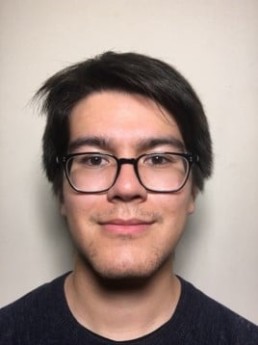SECONDMENT
3D PRINTING OF TRANSPARENT GLASS
FROM : UNIVERSITÉ DE BORDEAUX (FRANCE)TO : UNIVERSITÉ LAVAL (QUÉBEC)
FROM : 4 MAY 2019 TO : 24 DECEMBER 2019
Involved Work Packages :
![]()
![]()
![]()
RESEARCHER
OBJECTIVES
Despite being one of the most performing materials in terms of optical transparency, mechanical or chemical resistance, glass is difficult to shape, requiring high temperatures or hazardous processes. Because of that, glass parts cannot be easily manufactured through 3D printing, unlike polymers or metals.
The project pursued during this secondment aimed at investigating 3D printing of transparent glass. Additive and subtractive 3D manufacturing were developed for fabrication of structured photonic materials based on inorganic glasses, mainly phosphate glasses. The challenge is to control the processing steps and to characterize the structure and the optical properties of the resulting material.
Various glass compositions are developed at the ICMCB in Université de Bordeaux. Different processing techniques are developed and optimized at ICMCB in Université de Bordeaux and COPL in Université Laval. Physical and chemical properties of both the precursor materials and the printed parts are investigated. Printed glass parts can also be fiber-drawn on both locations.
TASKS
Materials synthesis / Thermal, linear and nonlinear optical properties of glasses / Glass structure and modelling / Optimization of glass compositions and synthesis
RESULTS
The possibility of phosphate glass printing via stereolithography was studied. The idea is to use a glass/photopolymer mixture which can then shaped locally by a UV light source. In this case, phosphate coacervates were considered. Coacervates are gel-like materials which are obtained via liquid-liquid phase separation in a charged polyphosphate solution by adding polyvalent cations, such as Ca2+, Co2+ or Eu3+.
A new method of glass functionalisation will now be studied as a part of my thesis. This will be done by the addition of liquid crystals in printed glass objects.
Coacervate 3D-printing by extrusion is currently being tested at ICMCB, by replacing the print head by a syringe.
This new project within my PhD thesis could lead to applications in liquid crystal displays, thermochromic screens, smart windows, thanks to the dynamic optical response of the embedded liquid crystals.
